FCNNEWSSOURCE
Previous colmuns by Mother Tynnetta Muhammad

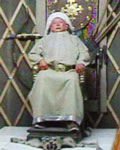
(The presence of the Black man in Asia is traced through Millenia of contact with other tribes and people in Asia, going back more than 50,000 years ago. The writings of Runoko Rashidi, in his book “African Presence in Early Asia,” reveals the Black Asiatic presence into the ancient past. The appearance of a Black man in the time of Genghis Khan and the Mongolian Kings should not come as a surprise. The head of a Black man wearing the Egyptian headdress was displayed in the Mongolian Museum of History, in the capital of Ulaan Baatar and was found near the grounds of the home site of Genghis Khan’s residency in Korakuram, Mongolia. These photos and story are reprinted from Mother Tynnetta Muhammad’s Spring/Fall 2005 edition of the Cultural Links news journal entitled “The Descent of the Mongolian Kings.”)
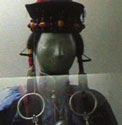
The day after my arrival in Mongolia, the program agenda outlined by my hosts was to first visit this historical sight and to explore firsthand the other side of the research being conducted by the combined efforts of the Mongolian educators who were involved in this project, along with the University of Pennsylvania Museum of Archeology and Anthropology.
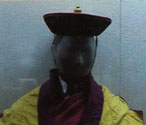
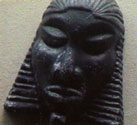
The most stirring aspect of the exhibit was to review the early prehistory of this land and its people, boasting more than 40,000 years. They arose from a nomadic, rustic culture of tribes, clans and maurading family confederations to ultimately burst forth into the forefront of world history, with the birth of a man named Temujin. He became the world renowned Genghis Khan, the ruler who united his countrymen of disunited tribesmen into the Mongolian Empire.
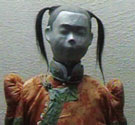
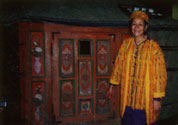
Under his leadership, he captured the largest single territorial domain than any other world leader in ancient times, till today. Genghis Khan is now being resurrected from the rubble of time to take his place among the giants of men as, not only the Father of Mongolian Democracy but, through the latest research, as the Father of Modern Democratic Principles, pre-dating by some nine years Britain’s Declaration of The Magna Carta. Imagine a man who has been identified as a sanguinary barbarian and butcher with a bad reputation in the West, now suddenly emerging, nearly six centuries later, as the man who codified the principles of democracy that has been deposited in the heads of the Mongolian people today.












